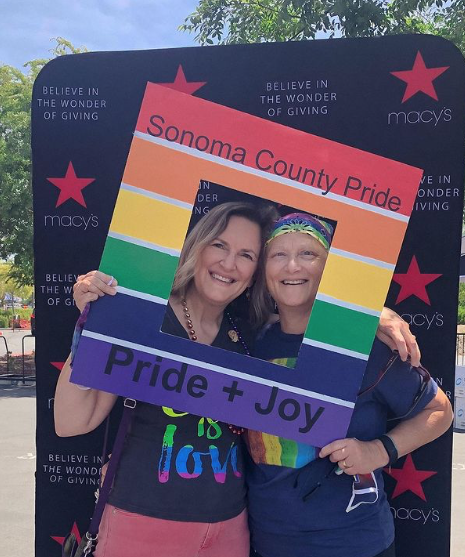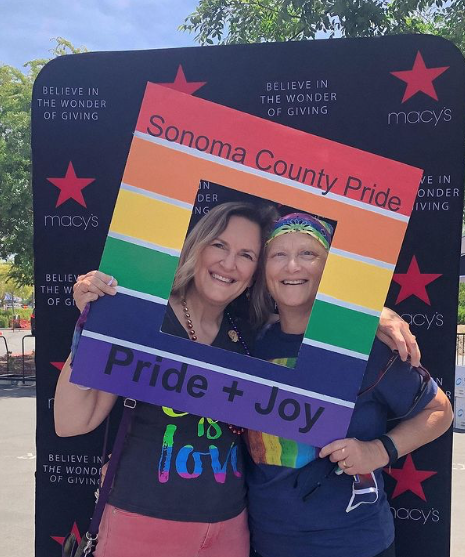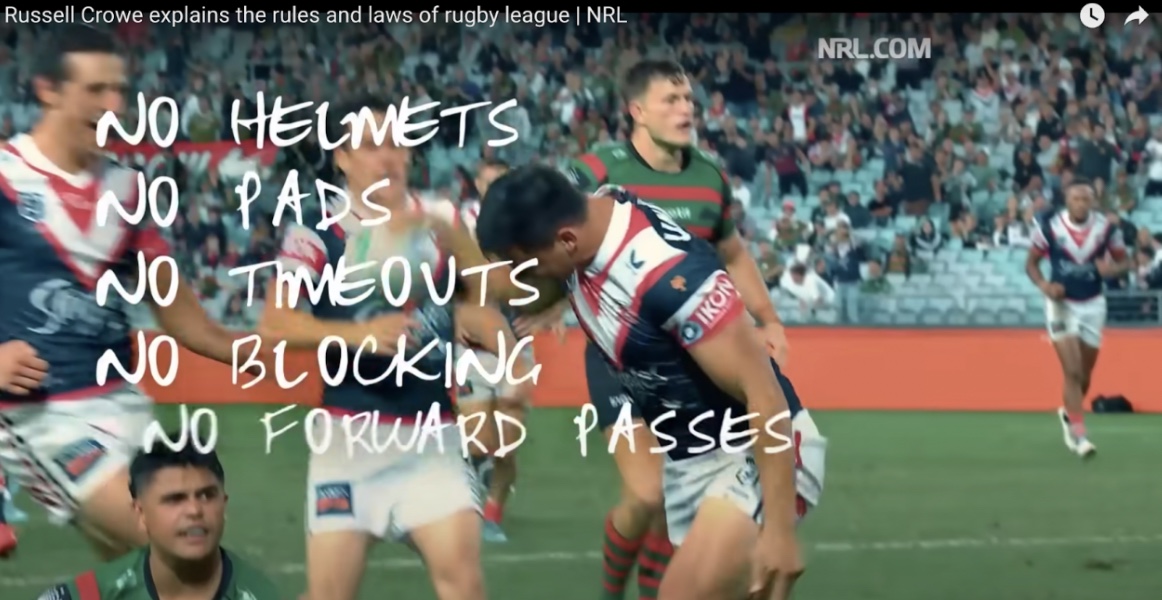On Thursday, Oct. 16, Student Involvement hosted a virtual presentation and Q&A session with two connected community members, Tina Dungan, and Shad Reinstein. The presentation focused on the rich and often unexplored history of the LGBTQI community at SSU, and in Sonoma County at large.
Tina Dungan graduated from Sonoma State University in 1974 and was a part of the first woman studies group when the program started. She has played a role in the Lesbian Archives of Sonoma County for the last 13 years and said that this is where her interest in history sprouted from. Shad Reinstein is a retired teacher, from Seattle, Washington, who moved to Sebastapool to retire in 2010, and eventually had a part in starting the wine country’s LGBTQI Film Festival. The pair have spent the past four years compiling all the history they can possibly find regarding the early days of the LGBTQI community in Sonoma County.
Like the history of many other oppressed groups in the United States, the LGBTQI community faced tremendous challenges and instances of great oppression. They did not back down in the face of adversity and instead rose above the hate they received.
“In the 1970’s we started to reclaim words that had been used against us. Words like “dyke” “butch” and “fairy”. We learned to use them in positive ways. But the word “queer” was not used as a positive identity until it came to the Millenials and Generation Z’s,” said Reinstein.
The history of the LGBTQI community in Sonoma County stretched beyond the time of Stonewall in 1969, dating back to 1947.“Gay bars, once the only place we were allowed to gather, became organizing centers after Stonewall. We began to create our own social structure…” said Dungan.
“The earliest LGBT activity in Sonoma County that we could find is the Vieux Carre bar outside the town of Guerneville… This legendary roadhouse and dance bar was opened and run by two women, who according to at least one person, were lesbians in the mid-1950s… They could find others like themselves and create a self-identity,” continued Dungan.
“One of the first Sonoma County LGBTQI people we found in our research was David Warren in 1947. He was born in 1921 and wanted to be a boy since he was 5 years old… In the Spring of 1947, David Warren and Thelma Walter were legally married… they were active in the city of Sonoma as a married couple. On Thanksgiving Day in 1947, the FBI arrested [Warren] for not registering for the WWII draft. Then they discovered that David was born as a woman… [The couple] was charged with ‘perjury on a marriage license and ‘the outrage of public indecency’,” said Reinstein.
The Russian River and the areas surrounding it became somewhat of an LGBT-mecca for many years, starting in the late 1940s. “… The Russian River attracted San Francisco Bay Area LGBT people seeking freedom from the confines of city living and homophobic attitudes,” said Dungan. “In other cities, lesbians and gay men did not work together… they hardly even talked to each other… until the lesbians started taking care of the gay men who were dying of aids in the 1980s. In Sonoma County, however, there have always been gay men and lesbians who work together.”
Sonoma State University was an institution that helped to pioneer many of the progressive courses students count on today, like Women and Gender Studies. “In 1971 at SSU, JJ Wilson and other women students and professors… began teaching women’s classes, including Women in History, Women in Literature, and more. Wilson succeeded in getting a Women’s Writers class accepted for the GE requirement which meant that many more students would be exposed to women writers and their new ideas,” said Dungan.
Media played a large part in the dissemination of these ideas into the broader community, whether it was through radio or print. “Newspapers were essential for organizing and networking in the Lesbian community … ‘Women’s Voices’ was one of the longest-running women’s newspapers in the country. Women throughout Sonoma County could count on its rich coverage of political and social issues, poetry and creative writing, a calendar of events, and ads for women’s businesses,” explained Dungan.
“‘Drummer Magazine’, produced in Sebastopol, was read by literally millions of gay men and lesbians. Because Drummer frequently used Russian River men as models, it ended up publicizing the Russian River worldwide as a gay man’s destination … As gay men discovered Guerneville, other gay and lesbian businesses sprung up all along the Russian River, all opening in the late 70s and early 80s,” continued Reinstein.
It took a considerable amount of time for the rest of the county to accept the flourishing LGBTQI community that was blossoming for decades in Sonoma County, and a great deal of pushing for what the community believed in, and standing by for them to see their goals achieved.
Check out Seawolf Living’s “Events” tab to learn more about the variety of upcoming experiences hosted for Queer History Month, which continues throughout the month of October. The ‘Sonoma County: From LG to LGBTQI’ event is the first of many to follow throughout the month, in an effort to engage LGBTQIA students and allies within our community.
COURTESY // @annwithlinda on Instagram
Sonoma County has a rich and often under appreciated history of LGBTQI+ pride, which the “Sonoma County: From LG to LGBTQI” event aimed to highlight.





![[Both photos courtesy of sonoma.edu]
Ming-Ting Mike Lee stepped in as the new SSU president following Sakakis resignation in July 2022](https://sonomastatestar.com/wp-content/uploads/2024/04/CC4520AB-22A7-41B2-9F6F-2A2D5F76A28C-1200x1200.jpeg)



























